Electric? Hydrogen? All the aviation associations promote going “green” 2040. Or beyond. Whereas the technology for the first step is here.
Being asked on my baby KOLIBRI.aero on why we don’t wait for electric planes or hydrogen planes, my answer is simple. They are fog-screens, intentional distractions allowing the airline to hold on to them to avoid really addressing the issue! To avoid Change. This can be brought down to very easy to understand examples.
The Fairy Tale of Electric Passenger Flights

Boeing dropped out of funding Zunum, having the plans to develop an electric air plane. Because there is a simple, physical challenge that they cannot overcome. The battery size. Reducing the battery size, Boeing learned the lesson with the 787 Dreamliner. Where internal batteries caught fire. Would that have happened inflight, you can imagine the catastrophic impact. They had reduced the size vs. capacity to the point where batteries happen overheat. Especially rechargeable ones that we talk about it here. It is rumored and I heard it from Boeing, that their engineers disqualified electric passenger planes beyond 35, maximum 50 seats. The max size Zunum targeted, but with a range of one flight hour, maximum 90 minutes.
There may be developments that may one day increase battery capacity while reducing the size, but they are wishful thinking as of today.
The Fairy Tale of Hydrogen Powered Passenger Flights
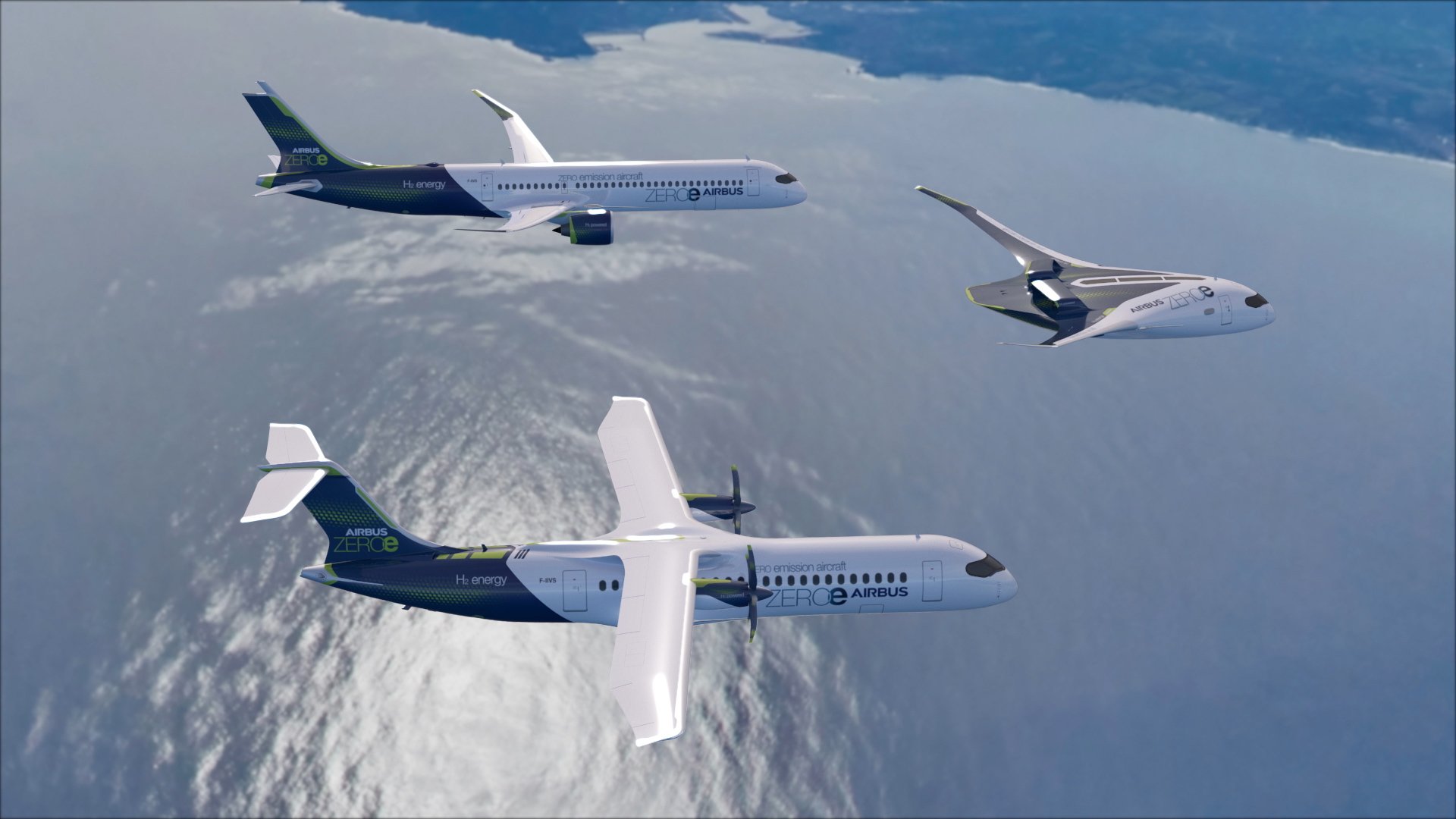 The very same issue is it about hydrogen powered passenger flights, Airbus recently promoted as their “Zero-Emission Aircraft”. Again, the physical challenge.
The very same issue is it about hydrogen powered passenger flights, Airbus recently promoted as their “Zero-Emission Aircraft”. Again, the physical challenge.
To put into those aircraft cooled hydrogen tanks with the related cooling makes those tanks very bulky. In fact, sources inside Airbus have been cited assuming 50% or more of the fuselage (cabin and freight compartment) to be needed to build in the hydrogen needed to operate the aircraft 60 to maximum of 90 minutes. Unpressured (uncooled) Hydrogen does not have the needed energy.
That is, why those airplanes Airbus showed in the picture are also small aircraft, with about 50% less seating of a comparable aircraft those sizes today. Another wishful thinking and fog screen if you ask me.
Electric + Hydrogen Electric – a Summary
There is a very interesting summary on electric (and hydrogen-electric) flight in a 45-minute YouTube video:
Generally it confirms my opinion, that we won’t have any substantial development in time for any meaningful impact on the climate goals. With first liquid-hydrogen prototypes expected by the research experts by 2035 to 2040 and first commercial operations likely 10 years faster. See my summary from an expert panel in the comments. A bit late for a 2050 impact?
And electric will start with small air taxi-type services of 15-20 passengers. And while that is a good development, it will only replace (and enable) very small regional routes. Can you imagine 5-10 slots an hour at any of the larger airports to be burned by such small planes?
It will very likely take beyond 2050 until we will see any of the 100 or 200 seat aircraft flying commercially on either technology. Bullocks. Just more #greenwashing …?!
[Added 28.Jul.2021]
The Road to Carbon Neutral
Biofuels greenwashing
 Developing Kolibri, from the outset we thought about using contemporary aircraft allowing us to use bio-fuel. Though bio-kerosene must be “blended”. Must be mixed at least one to one with the classic, dirty kerosene. Often, it is mixed like “E10” gasoline, only 10% “bio”. It’s not uncommon to have a 10-20% blend only, using 80-90% classic Jet-A1. Whereas the “bio” comes mostly from rape seed monocultures (picture), having already it’s own negative impact on bioversity. That ain’t “clean”, nor “sustainable”.
Developing Kolibri, from the outset we thought about using contemporary aircraft allowing us to use bio-fuel. Though bio-kerosene must be “blended”. Must be mixed at least one to one with the classic, dirty kerosene. Often, it is mixed like “E10” gasoline, only 10% “bio”. It’s not uncommon to have a 10-20% blend only, using 80-90% classic Jet-A1. Whereas the “bio” comes mostly from rape seed monocultures (picture), having already it’s own negative impact on bioversity. That ain’t “clean”, nor “sustainable”.
Hydrogen – a volatile gas
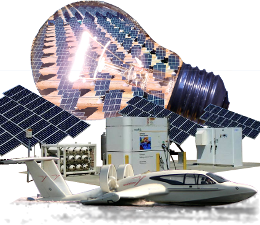 From my work on a solar powered WIG 2008, replacing it’s diesel-engine with an hydrogen-engine, I understood hydrogen as the future. Clean electrolysis using solar power (and wind, bio mass and other sustainable energy sources) and salted water, whereas desalination facilities produce the surplus salt to augment seawater to the level needed for the electrolysis. So sunny regions with access to seawater have a “natural advantage” to develop the infrastructure to create hydrogen.
From my work on a solar powered WIG 2008, replacing it’s diesel-engine with an hydrogen-engine, I understood hydrogen as the future. Clean electrolysis using solar power (and wind, bio mass and other sustainable energy sources) and salted water, whereas desalination facilities produce the surplus salt to augment seawater to the level needed for the electrolysis. So sunny regions with access to seawater have a “natural advantage” to develop the infrastructure to create hydrogen.
Now hydrogen is exceptionally volatile, even in special tanks, the losses are substantial, so it’s not easy to transport. Now…
Synfuel
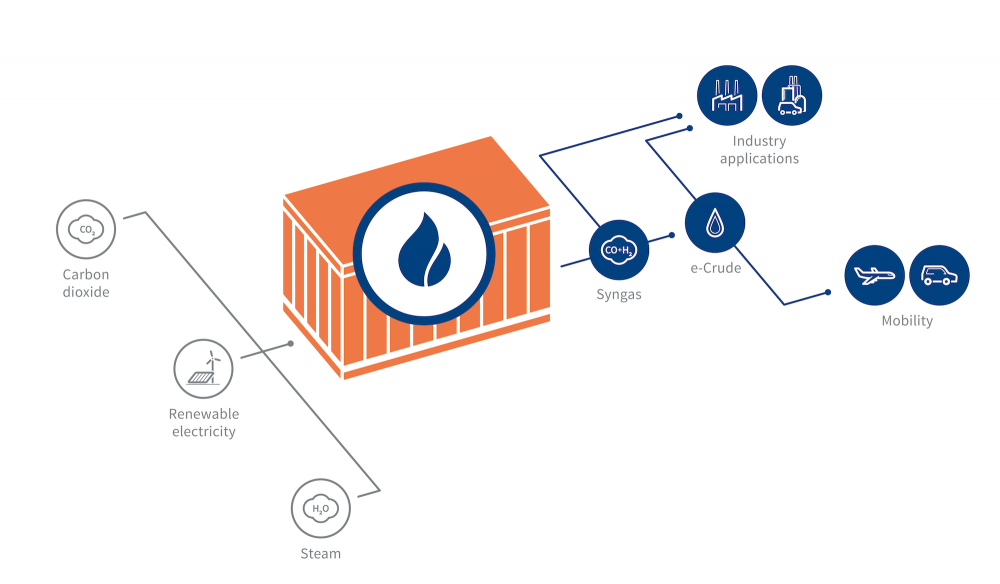 Two years ago Sunfire’s Synfuel triggered my attention, from a National Geographic report – not reported in Germany, but in the U.S. … I instantly understood synfuel a perfect solution to replace our plans to invest in expensive electric and hydrogen powered ground fleet, still with the need to have Diesel-powered trucks and emergency generators in an airline, with syndiesel. And to develop into synkerosene to replace biokerosene.
Two years ago Sunfire’s Synfuel triggered my attention, from a National Geographic report – not reported in Germany, but in the U.S. … I instantly understood synfuel a perfect solution to replace our plans to invest in expensive electric and hydrogen powered ground fleet, still with the need to have Diesel-powered trucks and emergency generators in an airline, with syndiesel. And to develop into synkerosene to replace biokerosene.
Developed since, Sunfire with partners started a construction of a synkerosene facility in Oslo, Norway. No, not in their home-country Germany, but in Norway. Norway is not full member of the EU, “only” an associated country. Make your guess, why not inside the EU… Maybe Ursula von der Leyen’s implied quote below gives you a hint.
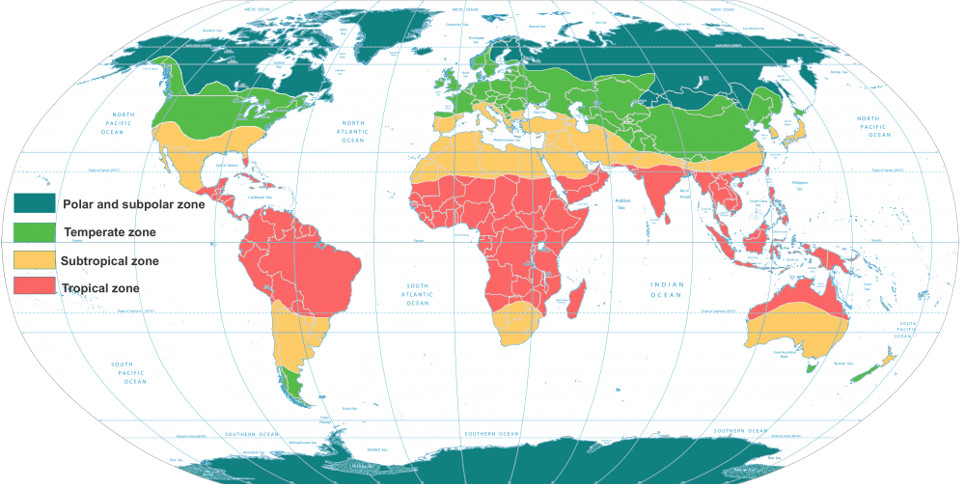 Aside, synfuel can be used quite easily as a buffer technology, using excess power to create synfuel during peak times and using it in common and tried power generators to recreate energy in low times. Until we have something better, Syngas is a clean energy source that can make us independent of crude-oil for power generation. a technology that can create a future for many “poor countries” in the “tropical belt”, the tropic (red) and subtropical zones (yellow), as their surplus of solar energy is way higher than what the northern hemisphere has in the temperate to polar zones.
Aside, synfuel can be used quite easily as a buffer technology, using excess power to create synfuel during peak times and using it in common and tried power generators to recreate energy in low times. Until we have something better, Syngas is a clean energy source that can make us independent of crude-oil for power generation. a technology that can create a future for many “poor countries” in the “tropical belt”, the tropic (red) and subtropical zones (yellow), as their surplus of solar energy is way higher than what the northern hemisphere has in the temperate to polar zones.
The Fairy Tale of the End of the Combustion Engine

Guess what, there is a Workshop “Mission Hydrogen” this week in the EU with some focus on Germany. At the same time, Saudi Arabia announced to invest 700 billion to become the global leader in hydrogen … While European players still make plans, others stake their claims. And to transport that hydrogen, syngas offers the advantage to be using the same logistics infrastructure.
And while German transport minister Andreas Scheuer demands the end of the combustion engine by 2035, I can only interpret this as another short-sighted publicity stunt. A distraction and a fog screen! By a minister who’s not known for his realism. Combustion technology will still be around a while, cars having a lifetime of minimum 10 years. Other technologies like aviation, simply lack an alternative for now. And while privileged nations can likely afford the switch, less privileged regions will rely on combustion engines for a great number of reasons and even more years.
Making the Change
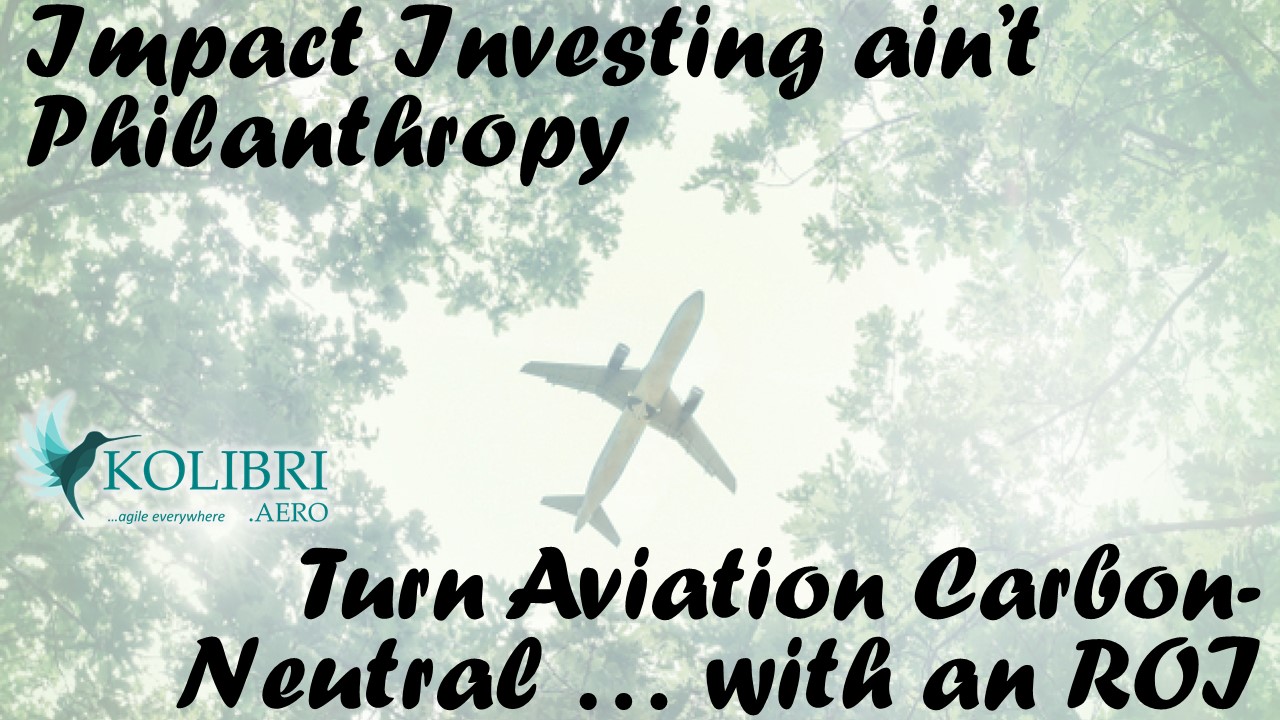 So while we make again big plans in Northwestern Europe, developing synfuel facilities in the “poor South” makes a lot of sense. Developing synfuel facilities at airports will be an incubator for the regional conversion from classic gasoline to synfuel. Developing a new “regional” airline with the large demand of synfuel, will make the development a profitable venture. A classic win-win.
So while we make again big plans in Northwestern Europe, developing synfuel facilities in the “poor South” makes a lot of sense. Developing synfuel facilities at airports will be an incubator for the regional conversion from classic gasoline to synfuel. Developing a new “regional” airline with the large demand of synfuel, will make the development a profitable venture. A classic win-win.
So anyone believing in electric passenger planes is daydreaming, or whitewashing why they don’t invest to become clean. A distraction, a fog screen. The same is true for purely hydrogen-powered planes.
But anyone who wants to make a change, can do so today. Modern aircraft engines are ready to apply 100% synfuel. Or so Sunfire, Norsk-e-Fuel and an engine maker assure me. Synfuel created from hydrogen and carbon-dioxide. Not carbon-positive, but yes, carbon-neutral. Proven tech. Today.
And we have a business plan, and we have the interest to make this happen. Starting today and being carbon-neutral within this decade. If not faster.
Food for Thought
Investors welcome!
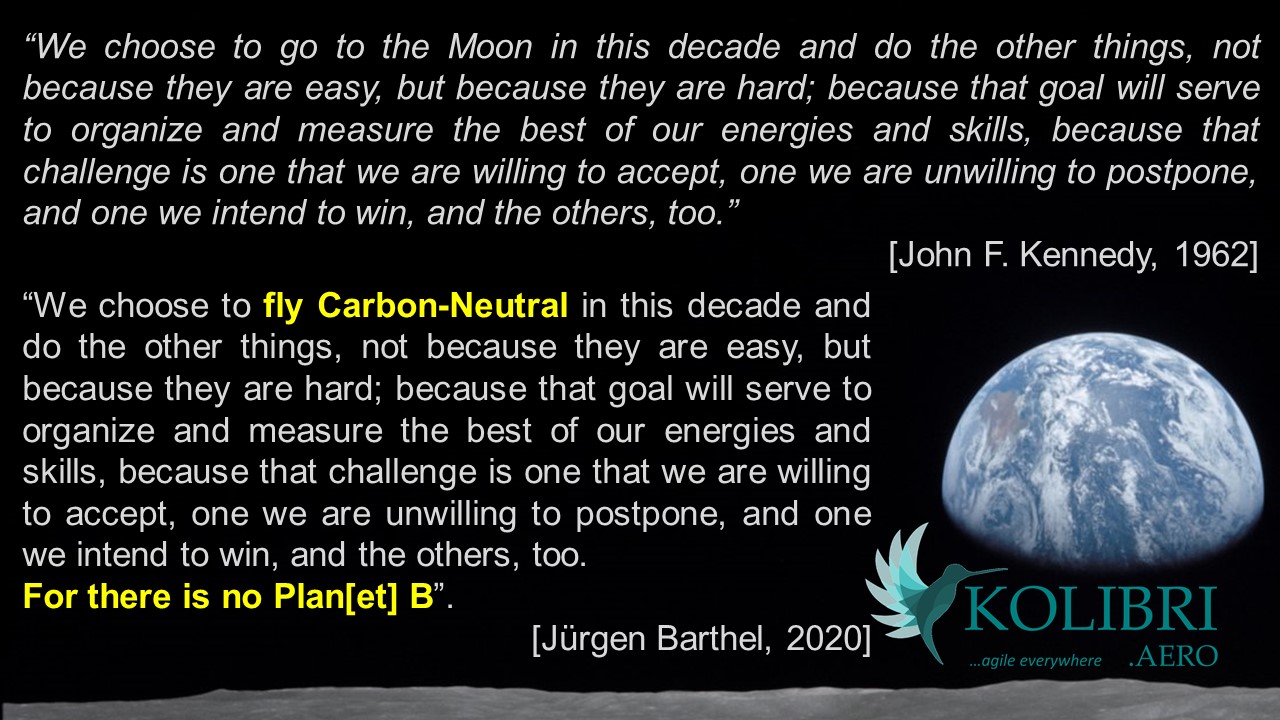
Comments
In line with my interest in carbon-free flying, I attended Hamburg Aerospace Lecture Series about “Enabling Cryogenic Hydrogen-Based CO2-Free Air Transport” presented by Bobby Sethi of Cranfield University shared the state of the development and the outlook. It will be made available shortly on their website.
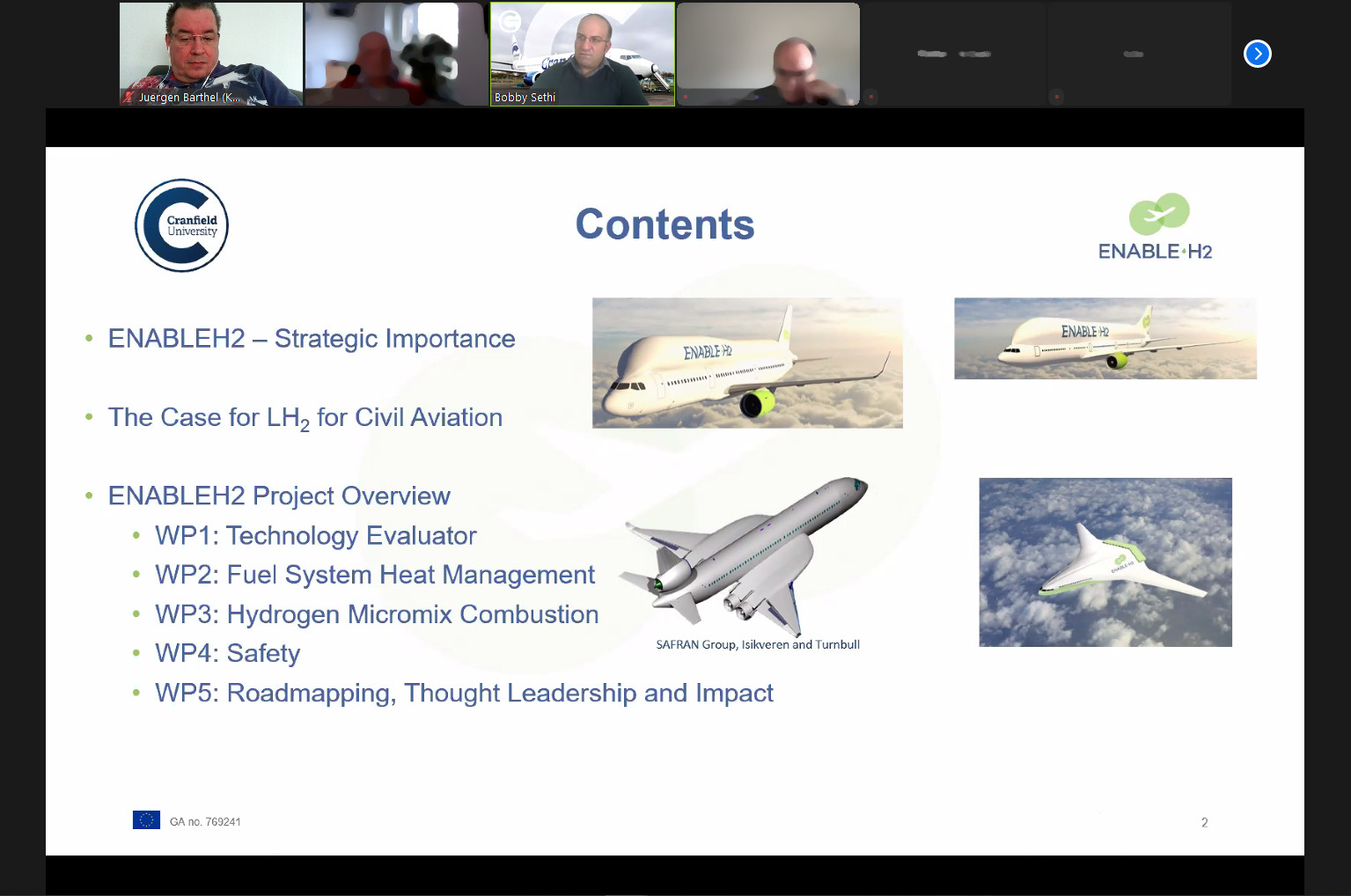
First of all, ambitious industry goal is 2035 until a “first technology generation” will be available, more like 2040-2050 until it is commercially viable. And it was not me asking, how the “bridge technology” Synfuel will impact that timeline. Or how that “bridge technology” will impact commercial viability and ecological impact.
But all the big players invest (comparably peanuts!) into the development to use it for their #greenwashing and justification to not invest into said bridge technology!
Image shows the four finalist designs used by Cranfield University showing nicely the size of the required cryo technology. And one of the listeners asked, what happens in case of a cryo-leak. Shockfrosted passengers?